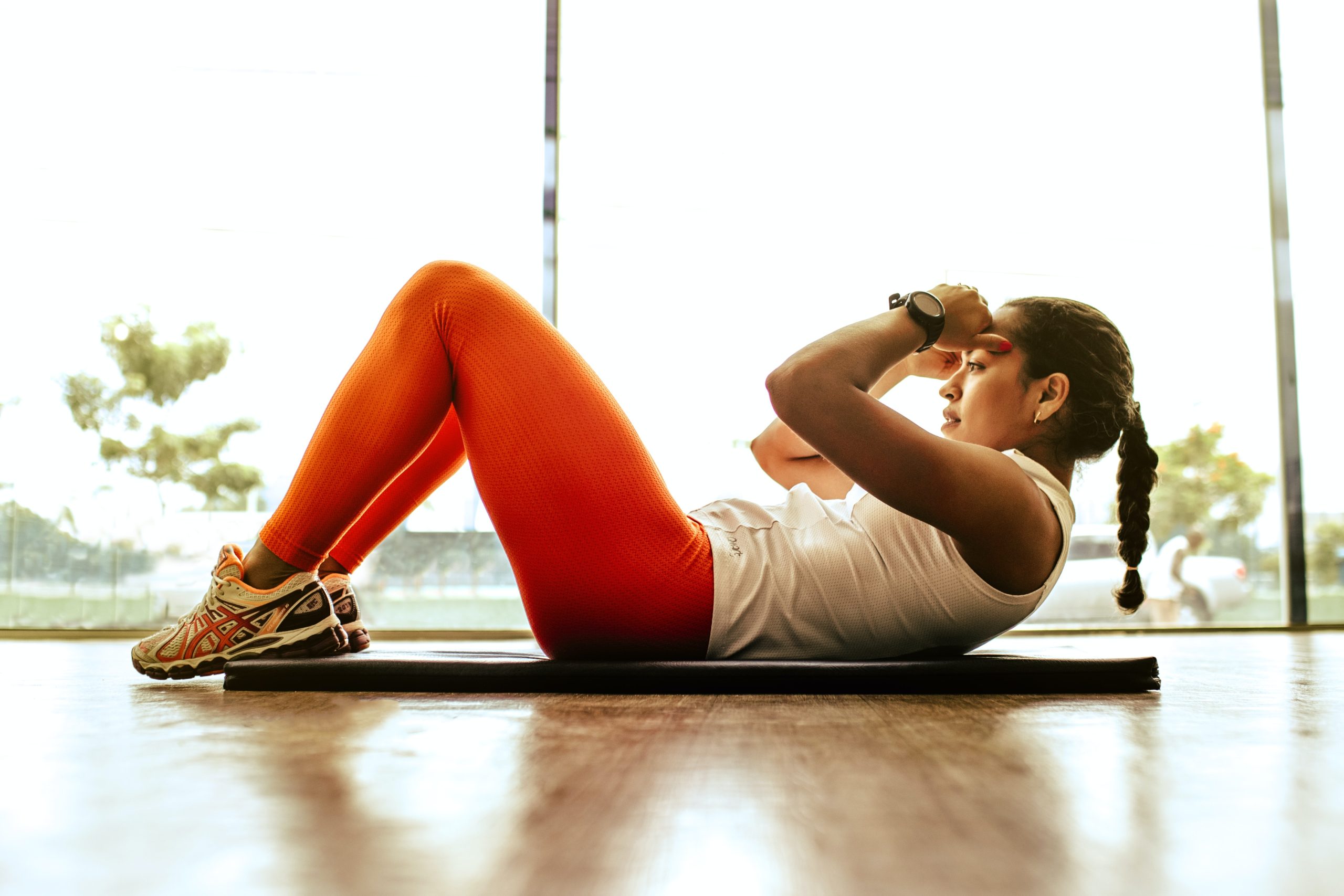Bodyweight split squats are a great way to improve your overall strength, flexibility and balance. These exercises can be done at any level, from using just your own bodyweight to adding extra weight like kettlebells or a barbell. Split squats are an effective way to strengthen almost every muscle group in your body without the use of complicated equipment. In this blog article, we’ll discuss the benefits of bodyweight split squats and how you can incorporate them into your regular workout routine. We’ll also review different variations that you can do for even more comprehensive total-body strength training.
What are bodyweight split squats?
Bodyweight split squats are a type of lunge where your back leg is elevated on a bench or other object. They are a great exercise for building lower body strength, particularly in the quads and glutes.
There are many variations of split squats that you can do to target different muscles groups. For example, you can do a forward lunge split squat to target your quads more, or a rear lunging split squat to target your glutes more. You can also add weight to bodyweight split squats by holding dumbbells in each hand, or wearing a weighted vest.
Split squats are a great exercise for those who want to build lower body strength but don’t have access to equipment like barbells and weights. They can be done anywhere with just your bodyweight and some space to move. Give them a try next time you’re looking for a new challenge in your workout routine!
How to do bodyweight split squats
Bodyweight split squats are a great way to build strength in your lower body. To do a bodyweight split squat, start in a split stance with one leg forward and one leg back. Bend both knees to lower your body toward the ground. Keep your front knee over your front ankle and your back knee close to the ground. Push through your heels to return to the starting position. Repeat for 10-12 reps on each side.
The benefits of bodyweight split squats
The benefits of bodyweight split squats are many, but they can be summed up with two main points: they improve single-leg strength and stability, and they activate a greater amount of muscle mass than traditional squats.
When it comes to single-leg strength and stability, few exercises can match the bodyweight split squat. By elevating one foot on a raised surface, you force your working leg to bear the entire load of your body. This not only strengthens the muscles of that leg, but also improves your balance and coordination.
As for muscle activation, the bodyweight split squat is again superior to the traditional squat. Because your legs are in a split position, your glutes and adductors (inner thigh muscles) must work harder to stabilize your hips. This results in a greater overall muscle activation and thus a more effective workout.
Who can benefit from bodyweight split squats?
Bodyweight split squats are a great exercise for anyone looking to improve their lower body strength. They can be performed with little to no equipment, making them ideal for home workouts or when traveling.
While split squats primarily target the quads, they also work the glutes, hamstrings, and calves. This makes them an excellent exercise for those seeking to build overall lower body strength.
Bodyweight split squats can also be a great way to add variety to your workout routine. If you’re bored with traditional squat variations, bodyweight split squats offer a new challenge that can help you break through plateaus.
Finally, bodyweight split squats are suitable for all fitness levels. Whether you’re a beginner or a seasoned athlete, you can find a challenging variation of this exercise to suit your needs.
How to make bodyweight split squats more challenging
If you’re looking for a way to make bodyweight split squats more challenging, there are a few things you can do. First, try holding a weight in your hands while performing the exercise. This will increase the amount of resistance your muscles have to work against, making the exercise more challenging.
Another option is to place your back foot on an elevated surface such as a step or bench. This will force your front leg to do more work as it lifts your entire body up and down. If you really want to challenge yourself, try doing split squats with one leg only. This will really test your balance and single-leg strength.
Whatever method you choose, make sure you gradually increase the difficulty level so that your muscles can adapt and grow stronger over time.
Conclusion
bodyweight split squats are an excellent tool to help you become stronger in all areas of your fitness. They can be used as part of a complete strength training program or as simple bodyweight exercises to add variety and challenge to any routine. Incorporating these basic principles into your workouts will help you build total-body strength while also improving muscular endurance, coordination, balance and stability. So if you’re looking for a great way to strengthen your entire body while still getting the most out of each exercise session, then give the body weight split squat a try!




